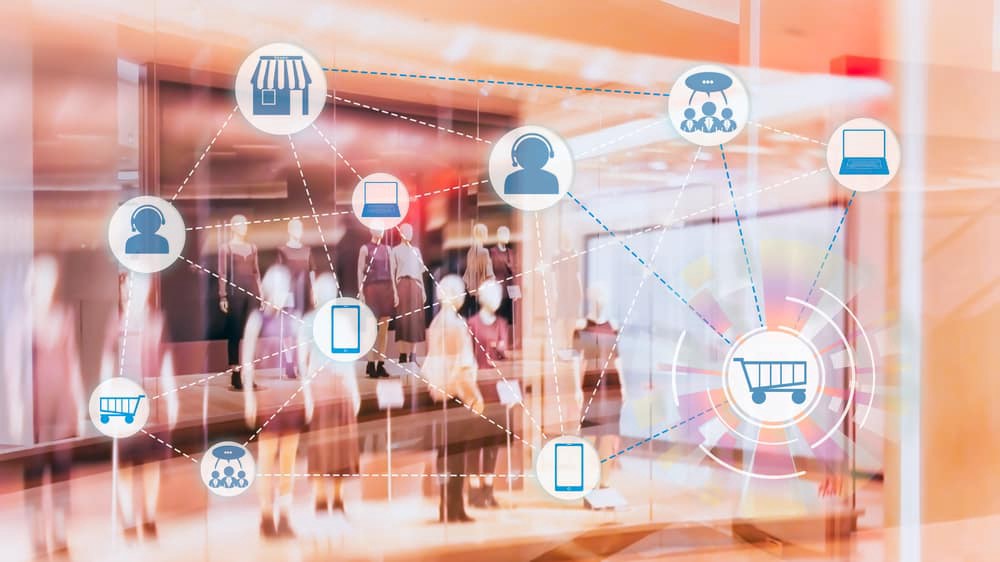
How brands can re-humanise the shopping experience
For the past decade, digital transformation has not just been a goal for brands, it’s been an obsession. According to its proponents, the idea is to use data and technology to become increasingly customer-centric, supporting the customer journey every step of the way.
Unfortunately, all of this investment has also required brands and retailers to confront the law of unintended consequences. For most, digital has resulted in a profound shift in how they operate, often to their great disadvantage. Companies that once thrived by making intimate connections with regular customers now find themselves increasingly in a competition for traffic, rather than hearts and minds. For them, the transformation has not meant merely embracing data and technology; it has meant shifting physical traffic into digital traffic. In doing so, they have forfeited a critical advantage over their competition.
The real DNA of retail
Let’s look at the original DNA of a good brand or retailer. Traditionally, companies like these were never about traffic generation and conversion; they were built on retention.
If you were launching a bricks-and-mortar store in the 1980s, traffic was a given. You had a defined space: a spot in the mall, a storefront on a busy street or a kiosk in an upscale department store. You understood at a basic level what quantity and quality of traffic you could expect. You had an idea of shopper income and what they like to spend it on. Of course, you could always drive additional traffic with promotions, but marketing was just a sideshow.
Instead, your main focus was retention. You sought to create a unique customer service that built loyalty and drove growth through metrics including average check size, customer satisfaction, and recommendation rates. Unlike the digital world, such stores didn’t need massive traffic. They needed regular traffic, and they needed to serve it well.
Rather than a great but commoditised digital experience, merchants strived to provide a unique shopping experience. It was not merely about the goods on their shelves, it was about making sure that people felt they were getting a good deal and making the right buying decisions. If you failed to meet those expectations, they’d never come back.
The paradox of traffic-focused strategy
Something quite different happens when a brand digitally transforms itself. Regardless of honest attempts to make the customer experience better, most brands start playing a numbers game. They use a huge array of data-driven promotions to deliver as much of the right kind of people to their sites as possible. This is the main reason they seek out first-party data and one of the major ways they employ it. It’s not uncommon to hear talk of “prospecting” and “demand harvesting,” which are unique to the digitally transformed world.
The traffic game has also fundamentally changed. In the physical world, companies relied on a neutral infrastructure—a street, a shopping center, a mall. By contrast, digital traffic is mediated by marketplaces, social media and search engines. These are all players with their own agendas, some of which are actively hostile to the brands they serve.
Most brick-and-mortar stores originally went online because their customers migrated away to the big IT players for a combination of abundance, availability and accessibility. Today, these same brands find themselves relying for traffic on the very players who originally disrupted them. What’s more, they are attempting to compete with them using the same endless shelves and speedy delivery strategies that have decimated their businesses.
Brands cannot stand out from tech giants in this way. They cannot compete with them on qualities such as abundance, accessibility and affordability. And they especially cannot do so if they are relying on them for traffic as well.
The road back
So how can they fight back? It’s really quite simple. If brands and retailers want to re-establish a connection with consumers, they go back to what they do best: They need to bring people back into the purchasing process. I don’t mean they need to develop a personality or connect with data-driven insight. It’s not about having a better spokesperson or taking a stand on issues that matter to your customers. It’s about bringing back that human, hands-on experience at the point of purchase. It’s about re-humanising the shopping experience.
For all their advantages, the sterile commerce experiences most people get from IT giants are far from perfect. No matter how much data or technology they use, their customers still make the wrong purchasing decisions and miss opportunities because of the bewildering volume of products in the marketplace. When they go to a tech giant or a Shopify store, they don’t get a unique or optimised customer journey. They get the same, commoditised one they get from everyone else. It’s not ideal.
You can overcome this lack by connecting customers with people. Inside every brand or retailer, you can find hundreds if not thousands of employees who really understand the space. They know the products and how to use them—and which are right for whom. Bringing these knowledgeable human beings back into the equation can level the playing field and open up new opportunities for sales. Brands and retailers have a huge opportunity to connect consumers and guide them through the process in a helpful and supportive way.
Digital transformation has gone awry because it has become a process of slavish imitation to giants, one that prioritises traffic generation and conversion at the expense of all else. To fight back, companies need to tap into their fund of human knowledge and reconnect with people on a human level. They have to remember what made them great in the beginning and start finding ways to reintroduce that into a digitally transformed world.
Source: AdAge




Comment
No comments found.